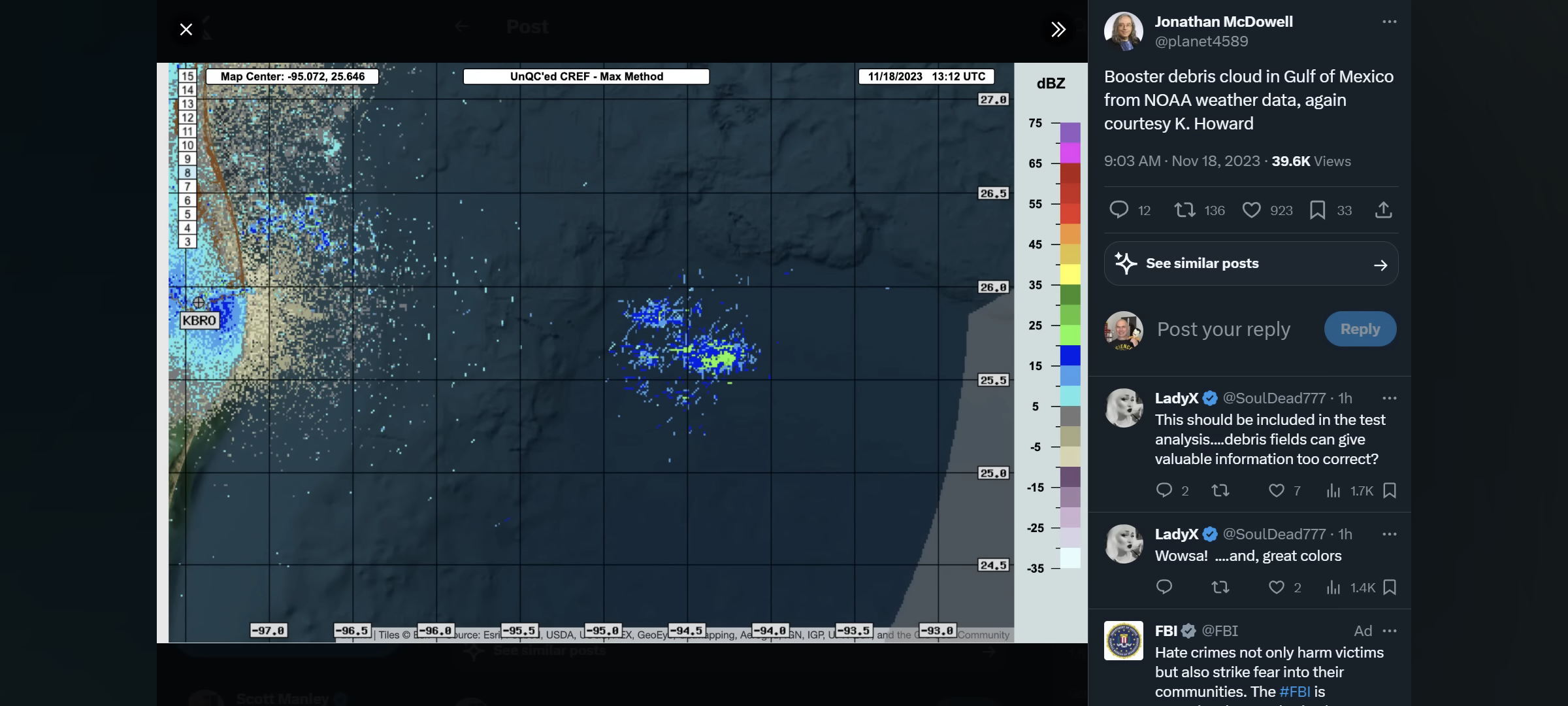I've been a big sci-fi guy and have loved following the devolopments in space in the last few years. I watched all the early spacex landing attempts and have been quite interested in starship progress. I started having thoughts about pollution and sustainably with the launch of starlink. We're going to have thousands of satellites going through a revolving door of launch and de-orbit. But it's ^okay because they're all "just going to burn up on reentry"? So that's pretty much like taking your TV, a bunch of other electronics and some solar panels and throwing them in a bonfire? Over and over and over? And that's okay?
I was exited for starship because that uses methane and that's good, right? When it burns it just exhausts water vapour, right? Except when it vents on the pad after an abort or test. Except when an engine doesn't light and it's just pumping that methane (and o^2) out the engine like a fire hose. Except when it RUD's at altitude. Then it's injecting methane, a decidedly worse global warming gas then co^2 into the upper atmosphere. During the last starship test the cloud released showed up on weather radar.


To me, it's starting to look like by the time we get to Planet B, Planet A will have turned into the same poisoned wasteland.


